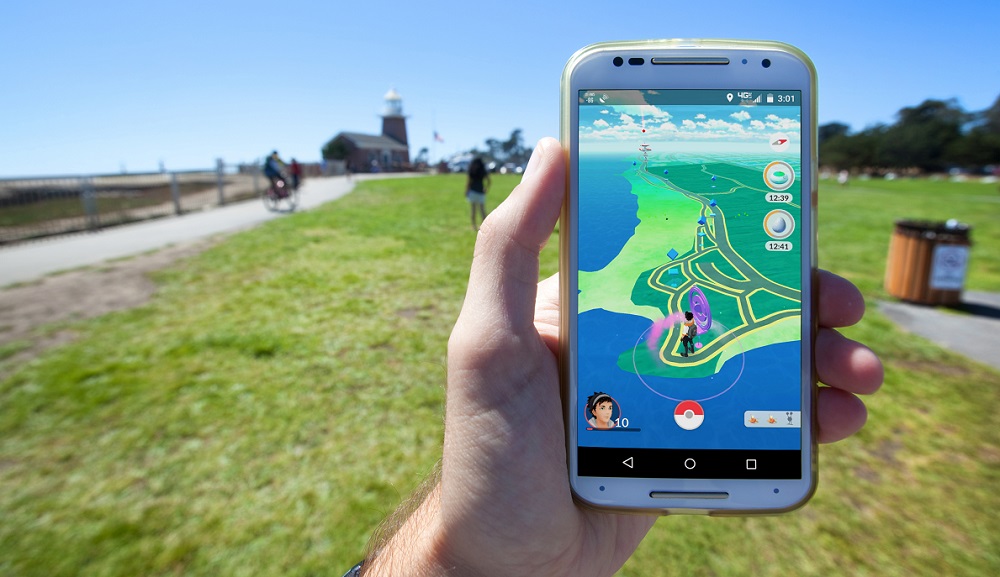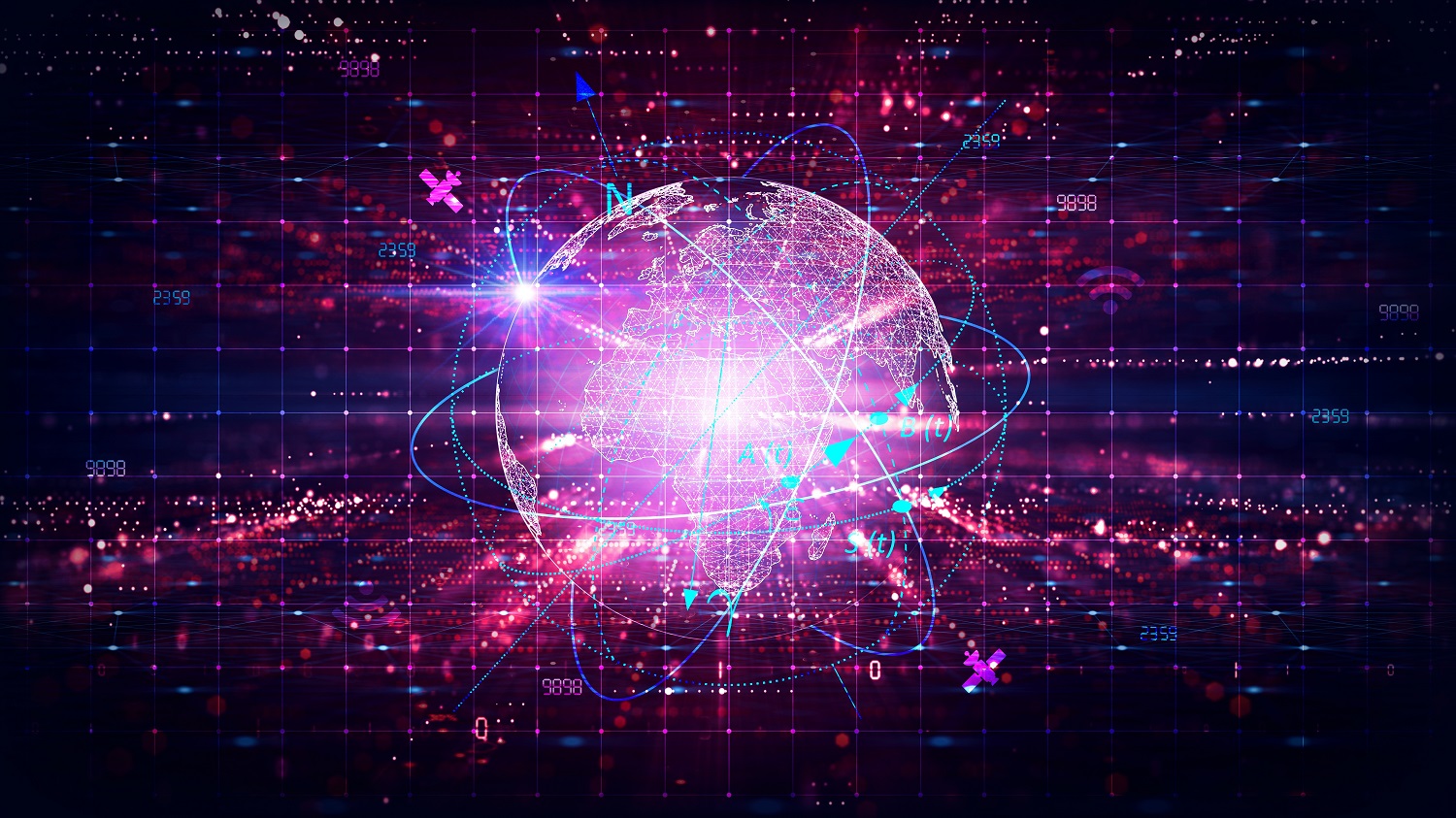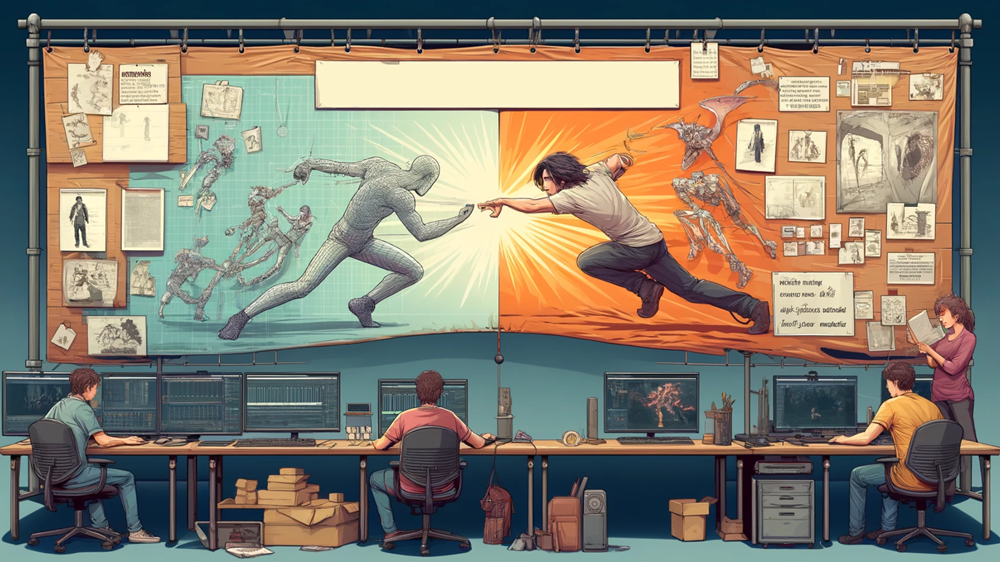What is Spatial Intelligence? How it Drives AI Advancements
Howard Gardner, one of our generation’s leading minds in developmental psychology, espoused a theory that humans have multiple intelligences. He suggested that intelligence isn’t singular but spread over specific cognitive abilities.
In his view, he identified eight primary intelligences, one of which we know today as ‘Spatial Intelligence.’ This term also includes abilities such as reasoning or spatial awareness. And it mainly refers to the human ability to visualize and manipulate spatial information from their environment: objects, shapes, and patterns.
The reason why spatial intelligence is one of the important ones is because it is deeply tied to activities that require strong spatial awareness and skills.
Professions such as engineers, architects, surgeons, pilots, and even video game designers – all benefit from their varying degrees. As these tasks require having the ability to solve spatial puzzles, navigate through spaces effectively, create mental images of objects, and more.
Spatial Computing: Powering Immersive Experiences
Many of our cognitive abilities are mirrored by today’s technology, and spatial intelligence is one that’s not new to this field. Blending the physical with the digital, computing technologies have been important in harnessing spatial awareness into emerging systems.
As a result, this has given rise to more accurate and immersive visual experiences. Where computer devices interact and are accurately aware of their spatial environment, representing them in a truer way with 3D modeling:
• Augmented Reality:

AR brings the digital world into your everyday surroundings. It’s a technology that puts computer-generated stuff, like virtual objects and information, on top of the real world you see around you.
Using augmented reality development, you can play and interact with these digital things just like they exist in the same place as the real world.
• Virtual Reality:
VR is more about creating make-believe worlds that feel like the real deal to the average person. It challenges your spatial awareness and other abilities.
Where just by using special headsets or gadgets, you can dive into virtual worlds and then interact or self-navigate through everything as if you were really there.
• Mixed Reality:
MR, as the name suggests, combines the use of VR and AR to create a blended environment. Here, you can both – interact with virtual objects like in VR but still see much of the real world like in AR.
This requires a higher propensity to utilize spatial awareness in recognizing one’s surroundings while in the system.
• Spatial Mapping:
Think of Spatial computing systems as smart detectives that know all about using special tools. They use sensors, cameras, and depth-sensing tech to determine what's happening in the real world.
Then, they create a detailed map of your surroundings, just like making a blueprint, so they know exactly where to put those virtual objects. And most of the time, they fit perfectly.
Utilizing a person’s spatial ability is a recurring theme in this regard, and spatial computing technologies have it down perfectly. It boasts some really important and broad applications in the digital world. Such as in architecture and design, gaming, retail, marketing, education, and training.
Understanding Spatial Analysis and its Core Aspects
Much like computing, spatial analysis draws its strength from the spatial awareness enabled by technology. However, it instead focuses on studying and working with the data that correlates to spatial information found from geographical components.
It then uses this to generate reports that will help one understand the trends they see in this geographic data. Here are some of its core aspects:
• GIS:
GIS, short for Geographic Information Systems, is a framework that can save, organize, and play with data about places and locations. Using GIS, you can put different layers of information on top of each other to create cool maps and find patterns in the data.
• Spatial Data Visualization:
In spatial analysis, we use maps, charts, and pictures to look at information about places and locations. By doing this, we can see patterns and trends that might not be so obvious just by looking at numbers.• Spatial Modeling:
Spatial modeling is akin to building special computer programs or math formulas to understand how things work in different places. These models help us study things like how land is used, where people live, or what's happening in the environment.• Spatial Interpolation:
Spatial interpolation is a method to guess values at places where we didn't measure anything directly. We do this by looking at the data we have in nearby locations. This helps us in important stuff like keeping an eye on the environment and predicting the weather.
So, you see, utilizing spatial awareness, the analysis is mostly about looking at data with a special focus on where things are located on the Earth's surface.
This "where" part is super important because knowing the geographic context helps us understand the information better. Then, depending on the requirements, the data can be used in applications like urban planning, public health, emergency response, and managing the environment.
Upgrading AI through Spatial Development and Intelligence
 Due to the inherent abilities enabled by spatial intelligence and the leap it makes to computer systems, the same can be seen to bring about several advancements in AI.
Due to the inherent abilities enabled by spatial intelligence and the leap it makes to computer systems, the same can be seen to bring about several advancements in AI.
Like spatial memory and development, it can enhance the existing capabilities of AI systems and thereby make them smarter when interacting with the real world. Let’s take a look at some of the ways that it can contribute to AI advancements:
• Enhancing Computer Vision
Using spatial intelligence, AI models can better understand how things are arranged in pictures and videos. This helps them do cool stuff like spotting objects accurately, understanding what's happening in a scene, and dividing images into different parts.
The AI system simply gets to see and understand the world around us a lot better and stores it in its spatial memory.
• Improved Autonomous Systems
Spatial awareness is like a special skill that robots and smart machines sorely need to move around and do things on their own. When these machines have spatial intelligence, they can figure out the best ways to get through crowded places and handle objects carefully and accurately.
It's similar to giving them a smart map in their brains so that they can explore and interact with the world around them all by themselves.
• NLP Models
Unlike with conversational AI, having the spatial awareness to comprehend directional language is paramount when it comes to natural language processing models. For example, you can better program AI systems to understand commands like “behind that” or “left of,” which will translate into these systems and boost their spatial thinking powers.
It will also help AI models to be able to provide a more contextually relevant response when possible.
• Video Game AI
In the world of video games, Artificial Intelligence (AI) plays a crucial role in making characters and opponents smarter and more lifelike. Spatial intelligence will make AI-driven characters more challenging and realistic for gamers.
They will be able to navigate through game environments more effectively (known as pathfinding), make better strategic decisions, and grasp the game's spatial rules and mechanics more accurately.
This will add a sense of depth and immersion to the gaming experience. This will ultimately lead to making players feel like they are facing off against intelligent adversaries in a virtual world!
And there you have it. These are some of the advancements made possible when merging spatial intelligence with AI. Artificial intelligence systems have a knack for adapting to different situations quite well, and this will only step up the process.
One can almost say that spatial awareness, among other abilities brought by technology, will make AI more capable of handling real-world issues. As we’ve seen in predictive maintenance at EDIIIE, this will open up new possibilities and applications for AI in various domains.
Ultimately making artificial intelligence more useful and beneficial for our society.






